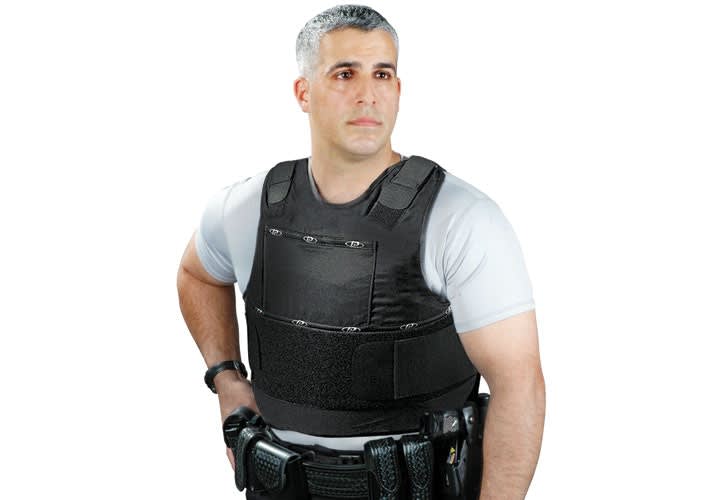Many officers do not wear their vests, saying they are too hot, too heavy, and too uncomfortable. "At the National Sheriff's Association annual trade show, an officer came up to me and said, 'I'm not wearing my vest today; it's too hot outside,'" says Matt Davis, CEO/president of Central Lake, Mich.-based Armor Express. "That's a real-world example of what happens. Comfort, heat, and weight are all things affecting officers' decisions to put on their vests each and every day."
Increasing wear rates requires a three-prong approach that includes fiber developers, bullet-resistant vest manufacturers, and law enforcement administration, stresses Mark Smith, vice president of sales and marketing at Point Blank Solutions Inc. of Cincinnati, Ohio.
"One-hundred % wear rates is the target we should shoot for because it will save lives," he says. "But achieving that 100% has to come from a joint effort that includes performance fiber manufacturers, application engineers creating ballistic packages, and police administration. If we do that and come up with products that are lighter, more comfortable, and proven to save lives, we will inch closer to that goal."
Safety Begins Locally
To date, only 60% of agencies require officers to don body armor on duty. In an effort to increase those numbers and ultimately save lives, the Bulletproof Vest Partnership, which reimburses up to 50% of a vest's purchase price, now requires agencies receiving funds to have a written mandatory wear policy for uniformed patrol officers.












